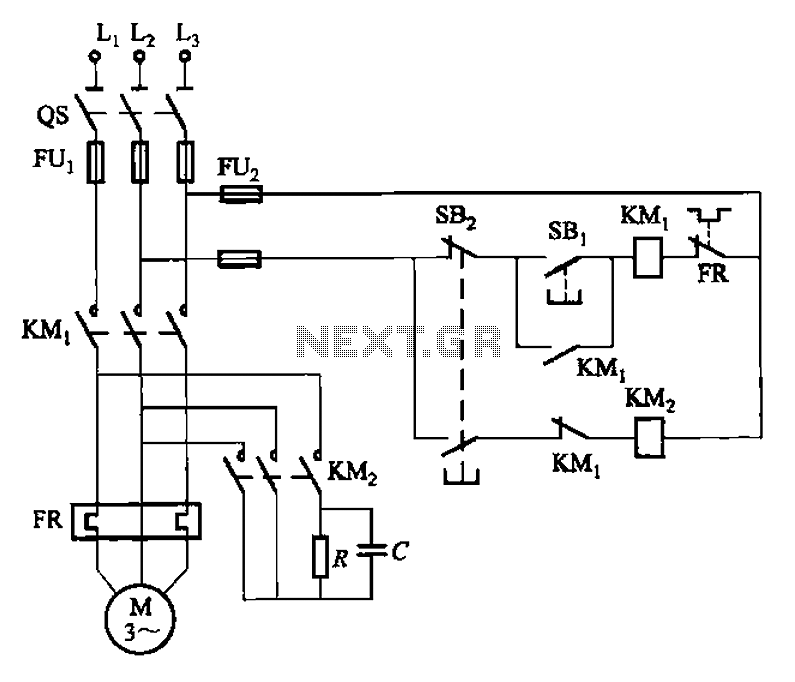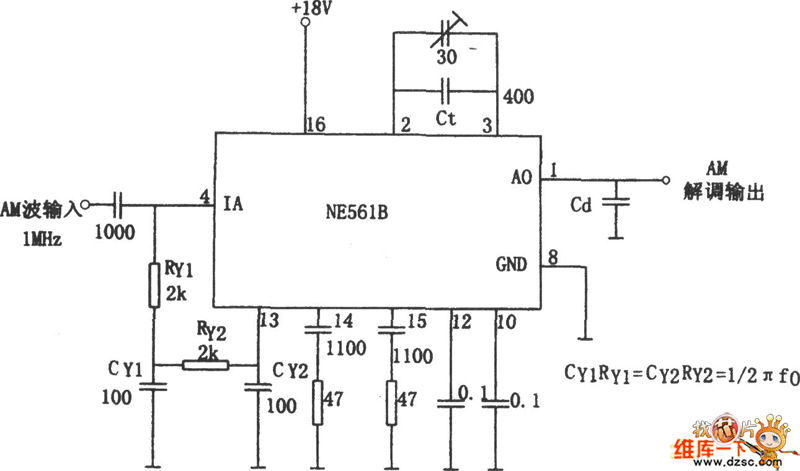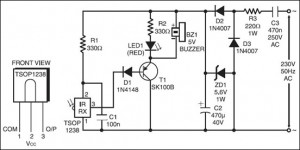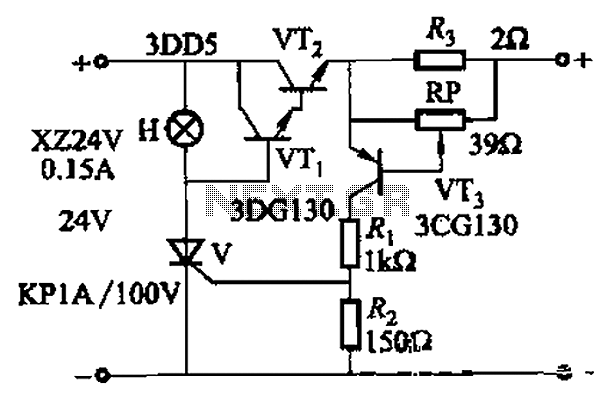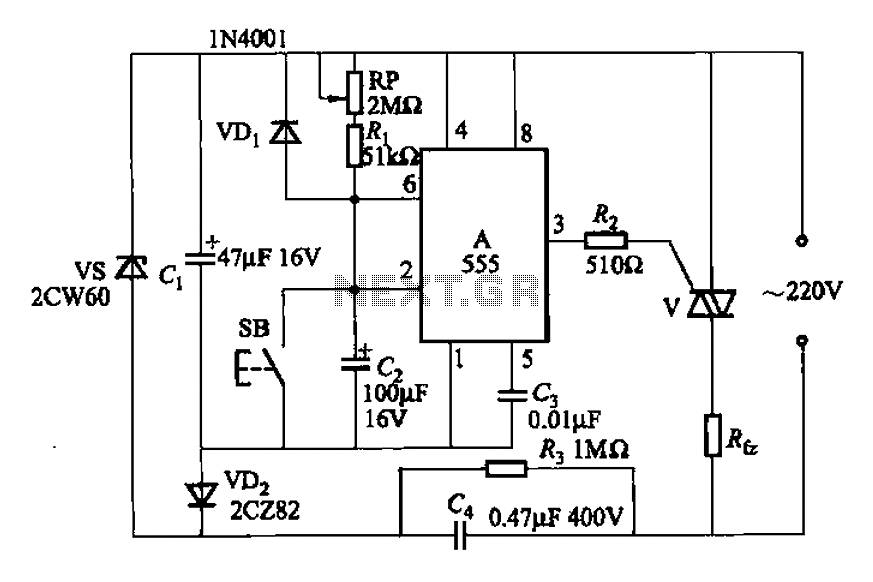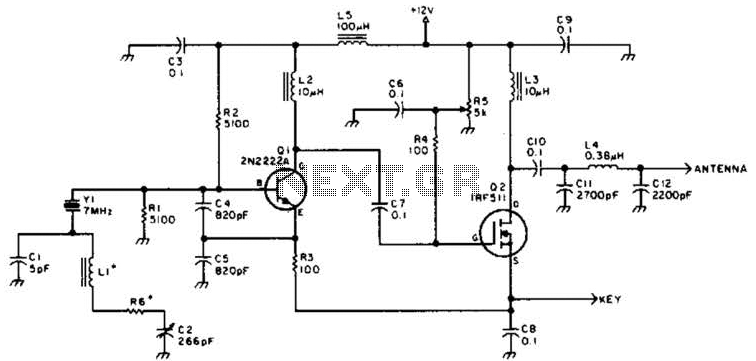
Graphic Equalizer Circuit for 10 Frequency Bands

The circuit was designed to create ten different frequency bands that can be processed by a single graphic equalizer to produce and maintain a predetermined frequency response.
The described circuit is a graphic equalizer that utilizes a multi-band approach to audio signal processing. It is structured to divide the audio spectrum into ten distinct frequency bands, allowing for individual adjustment of each band. This is typically achieved using a series of bandpass filters, each tuned to a specific frequency range.
The design incorporates operational amplifiers (op-amps) for signal amplification and filtering, ensuring that the audio signal maintains its integrity while being processed. The output of each bandpass filter is routed to a control interface, often consisting of sliders or knobs, which allow the user to boost or cut the gain of each frequency band.
This configuration enables precise control over the audio output, allowing users to tailor the sound to their preferences or to compensate for deficiencies in the audio playback environment. The circuit also includes a master output stage that combines the adjusted signals from all ten bands, ensuring that the final output maintains a balanced and coherent sound.
Power supply considerations are crucial in this design, as the circuit must provide stable voltage levels to the op-amps and other active components to prevent distortion. Additionally, careful layout and grounding techniques are necessary to minimize noise and interference, which can adversely affect the audio quality.
In summary, the circuit's design focuses on flexibility and precision in managing audio frequencies, making it suitable for various applications in music production, live sound reinforcement, and home audio systems.The circuit was designed to create ten different frequency bands to be handled by a single graphic equalizer to produce and maintain a predetermined area.. 🔗 External reference
The described circuit is a graphic equalizer that utilizes a multi-band approach to audio signal processing. It is structured to divide the audio spectrum into ten distinct frequency bands, allowing for individual adjustment of each band. This is typically achieved using a series of bandpass filters, each tuned to a specific frequency range.
The design incorporates operational amplifiers (op-amps) for signal amplification and filtering, ensuring that the audio signal maintains its integrity while being processed. The output of each bandpass filter is routed to a control interface, often consisting of sliders or knobs, which allow the user to boost or cut the gain of each frequency band.
This configuration enables precise control over the audio output, allowing users to tailor the sound to their preferences or to compensate for deficiencies in the audio playback environment. The circuit also includes a master output stage that combines the adjusted signals from all ten bands, ensuring that the final output maintains a balanced and coherent sound.
Power supply considerations are crucial in this design, as the circuit must provide stable voltage levels to the op-amps and other active components to prevent distortion. Additionally, careful layout and grounding techniques are necessary to minimize noise and interference, which can adversely affect the audio quality.
In summary, the circuit's design focuses on flexibility and precision in managing audio frequencies, making it suitable for various applications in music production, live sound reinforcement, and home audio systems.The circuit was designed to create ten different frequency bands to be handled by a single graphic equalizer to produce and maintain a predetermined area.. 🔗 External reference
Warning: include(partials/cookie-banner.php): Failed to open stream: Permission denied in /var/www/html/nextgr/view-circuit.php on line 713
Warning: include(): Failed opening 'partials/cookie-banner.php' for inclusion (include_path='.:/usr/share/php') in /var/www/html/nextgr/view-circuit.php on line 713
